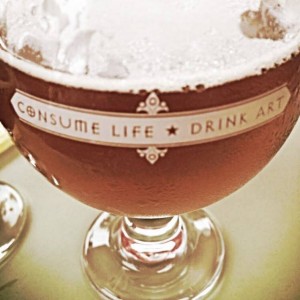 I’ve said this before: the fears of a craft beer bubble bursting have been greatly overstated. Many people are predicting the bubble bursting within the next year, and many breweries shutting down because the market just can’t handle the industry’s unbridled growth. It’s the en vogue thing to do right now, and while there’s a chance they might be right, I think they’re very, very wrong. And I’m not just saying that.
I’ve said this before: the fears of a craft beer bubble bursting have been greatly overstated. Many people are predicting the bubble bursting within the next year, and many breweries shutting down because the market just can’t handle the industry’s unbridled growth. It’s the en vogue thing to do right now, and while there’s a chance they might be right, I think they’re very, very wrong. And I’m not just saying that.
I don’t think the facts bear out the doom and gloom predictions.
Sure, the brewing industry was down by two percent overall last year, but craft sales were up by about 16 percent. That means that the macro-breweries like Miller/Coors and AB/InBev lost somewhere in the neighborhood of three percent of their marketshare last year. That means that drinkers of macros are either giving them up in favor of some other preferred drink (either hard alcohol, or micro-brews). As long as the macros have a majority of the market (and shelf-space), then there is both market and shelf-space to be taken from those breweries.
But there are a number of other factors at play here.
The doom-sayers point to the number of breweries, but they don’t take into account the size and many other factors that impact the industry, such as;
- Many of the newest breweries are small, and focused on their local markets, first building a following in their own backyards. This includes a small explosion of farm and nano-breweries which don’t have the ability to reach beyond their own backyard.
- Many states, recognizing craft brewing not only as an economic engine driving job creation, but also tourism, are passing more small-brewery-friendly laws (such as Maryland allowing breweries under a certain size to self distribute, or states relaxing direct shipping laws). These laws are designed to allow the smaller breweries grow, compete and thrive in spite of smaller profit margins than, say, your Boston Beer Company/New Belgium-sized craft breweries.
- One of the big reasons I see for the potential of the bubble bursting is that shelf space is limited. While true, I also see more and more craft beer bar/taphouses popping up, as well as stores either focused on craft beer sales, or are dedicating more and more space to it. DJ Liquors here in Frederick is committed to carrying local. Lots of local. And businesses like this are popping up in a number of places, creating more retail opportunities for craft breweries. The question there is, can the retail support system keep pace with the growth of the breweries? This is where I see a potential for a burst, but I don’t buy that. I see it more as something that will cause industry growth to slow, and not cause a decrease in the number of breweries out there.
- This one might be a stretch, but one of the other places that could cause issues are brewing supplies, but the craft industry is causing a dynamic shift in the agriculture industry. In Frederick County alone there are at least five farms producing hops, seven within half an hour of downtown Frederick (not including the hop-yard at Flying Dog), and at least one farm producing grain and malting it for use in beer. Across the state there are a number of other hop-farms, and at least one other farm out by Ocean City cranking out grains that are being used in local brews. Again, like the shelf-space issue, a lack of ingredients could damage growth, and even put breweries out of business. And this I think is a potentially more damaging issue than shelf-space, but there are other farms jumping in on the brewery supply train – again, the question becomes, can the ag aspect keep pace with the industry growth…at least enough that it won’t severely damage growth?
I do believe we will experience a slowing in the number of breweries popping up, and that the rate of growth is not sustainable, I just don’t see the so-called bubble popping. Not unless Mother Nature severely screws with things like water, hops, and grain.
AB/InBev’s Biggest Problem
So, AB/InBev has had a bevy of problems leading to decreasing sales, particularly of their line of light beers. Sure, they’re still a multi-billion dollar, multi-national business, but they have a problem that I don’t see them solving with the introduction of Bud Light Lime-A-Rita.
For a long time, the twin wheelhouses of the macro-brews’s customer base has been the blue collar dollar, and the college/just out of college kid due to the beer’s affordability.
I don’t think the blue collar dollar is going anywhere, but that recent college grad dollar? I think the macros might well be fucked.
More and more I’m running into 20-nothings who are talking about their favorite breweries, and they aren’t talking Budweiser. For example, I was picking up my daughter at camp the other day, and the college-ish-aged camp counselors, noticing the brewery stickers on the back of my car, started asking me about the breweries gathered there on my transport, and about my favorite beers from those brewers. The relatively newly minted beer geeks brought up Mad Elf, Nugget Nectar, Dirt Wolf, Gonzo and a slew of other beers from the various mid-Atlantic breweries represented.
As we were having the discussion, it further reminded me of a recent restaurant outing where the waitresses, none of them older than 24, were gushing about the various Belgian-style ales, even making well-informed recommendations. And I was struck; this is AB’s biggest problem – a customer base that they once owned is now the next generation of beer geek (and that’s another reason why craft is likely to continue growing).
In the end, it’s a new world out there, a new market, and the macros haven’t figured out the one truth that would stem the tide of defectors: make a good beer, and people will buy it.

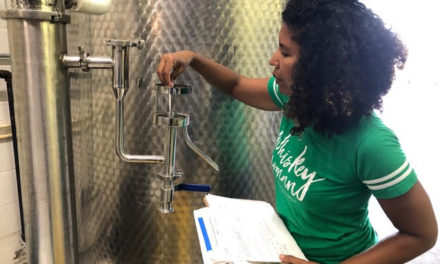
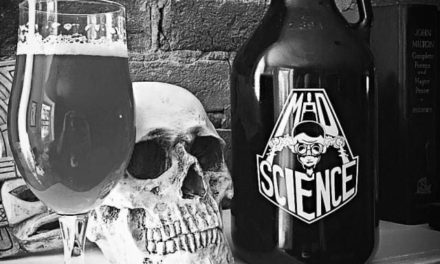


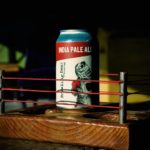


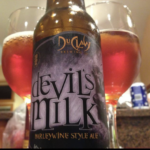
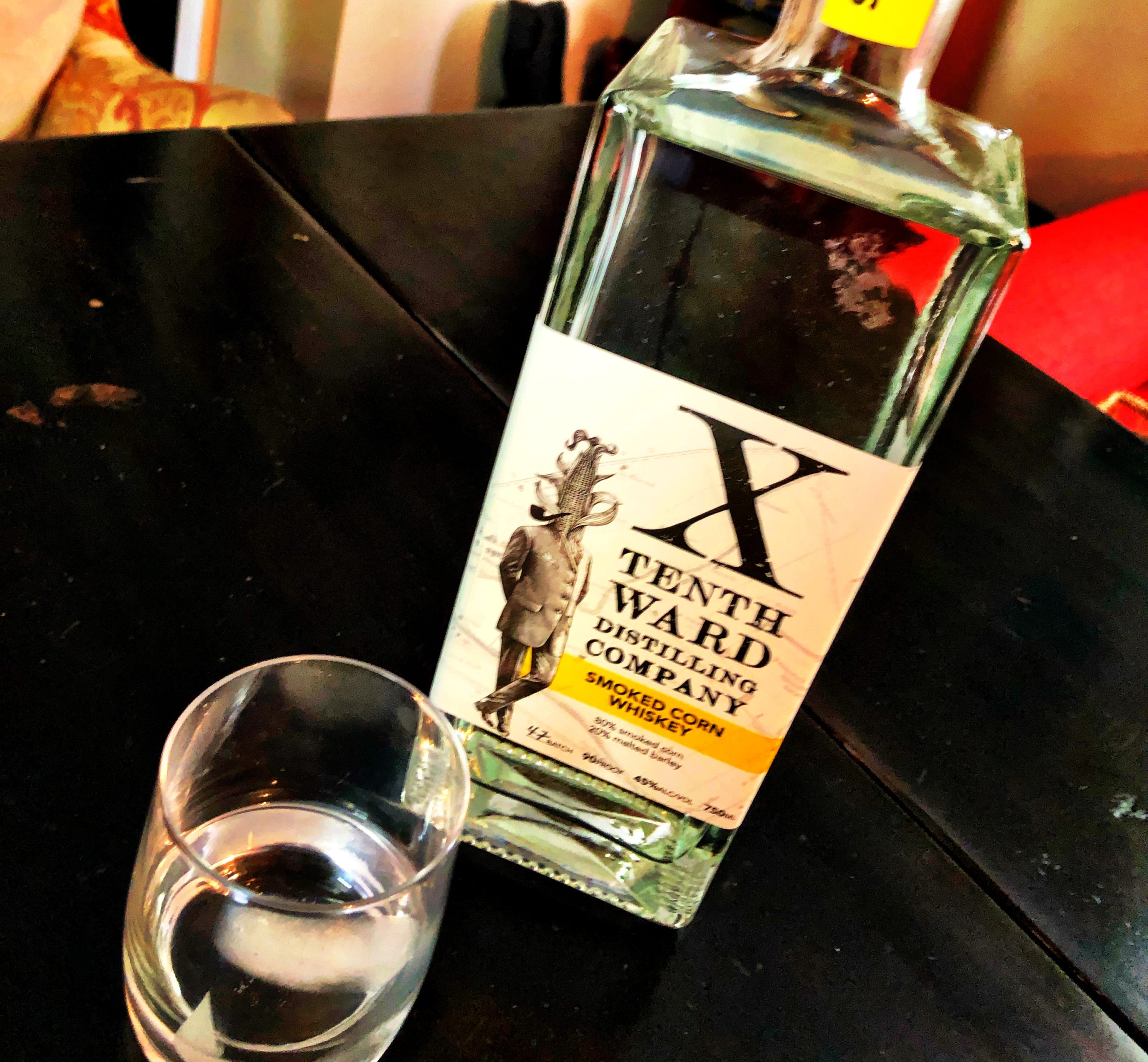
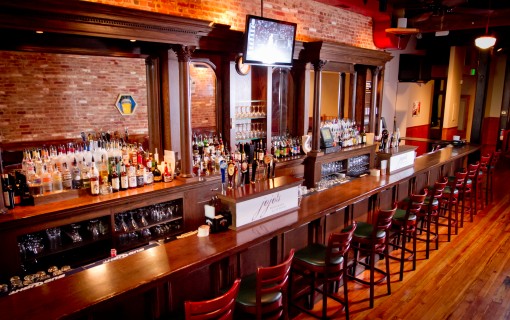
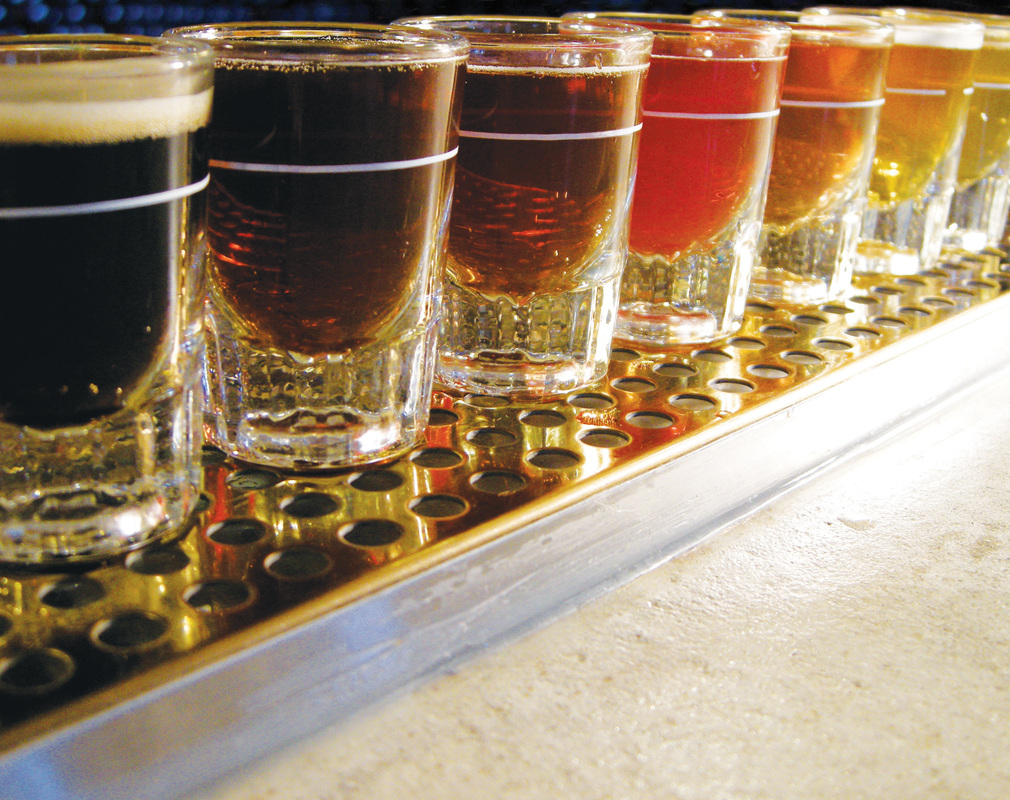
Follow Frederick Behind Bars!